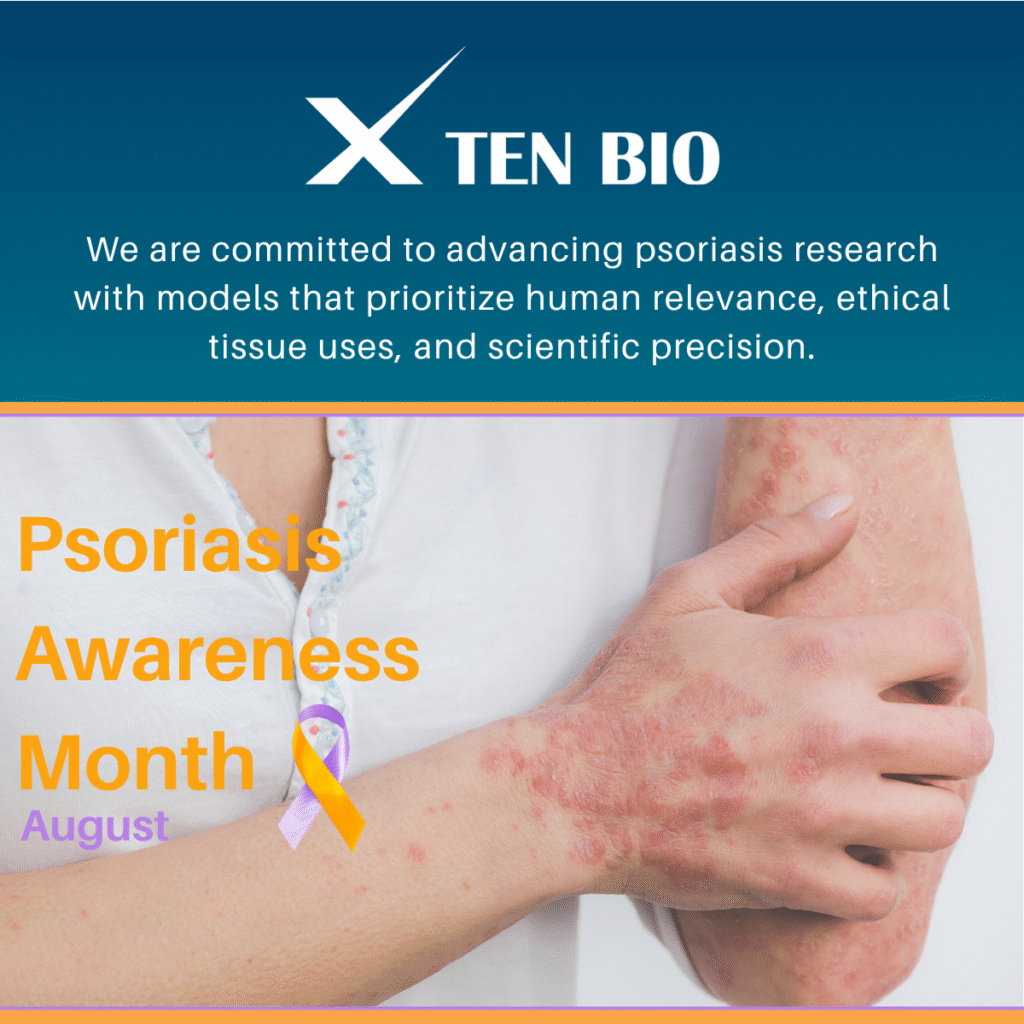Transdermal drug delivery offers multiple advantages, most obviously the avoidance of hepatic first-pass metabolism compared with oral and parenteral pathways. However, the limited passive diffusivity of approved therapeutics through the skin has required the introduction of adjunct permeation enhancement strategies, and microneedles have emerged as one such platform technology in this capacity. Here, we assessed the recovery of human explant skin cultured at optional tension (TenSkinTM) after administration of two separate microneedle platforms; one dissolvable (polyvinyl alcohol (PVA) and sucrose) and the other based on non-dissolving polylactic acid (PLA). Individual microneedles in both instances were conical measuring 600 μm in height with base and tip radii of 150 and 10 μm, respectively. Multiple time points were chosen for subsequent histological assessment of the innate remodeling processes. To overcome the difficulty of reliably identifying wound sites without a staining protocol, we based our assessments primarily on observations where the nearest neighbor wound site displacements matched the spatial pitch of the microneedle arrays used. Parallel immunofluorescence staining was used (keratin 17 and DAPI) to assess the onset of the normal wound response process. Additionally, we compared the microneedle wound recovery processes with that of an alternative skin-permeabilization approach using laser ablation. Direct comparison of the histologically observed re-epithelialization processes under both wounding protocols is discussed. The integrity of the results also underscores the suitability of the present explant skin model for generating insightful preclinical data.
Hickerson, R.P. et al.
Journal of Investigative Dermatology, Volume 144, Issue 8, S185




